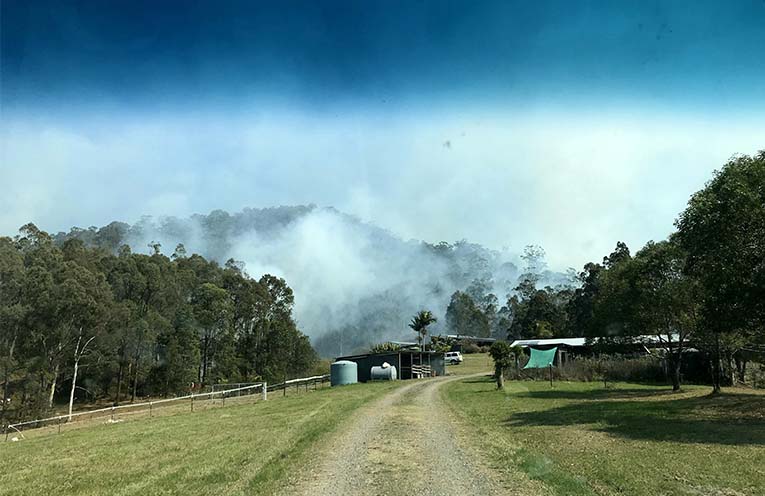
FORESTRY Australia has defended the use of hazard reduction or prescribed burning as an established and long-used method of preparing for and reducing the severity of bushfires.
A recently published report by the Australian National University and Curtin University found that while prescribed burning temporarily reduced fuel loads in forests, it could disrupt forest ecosystems and possibly create longer periods of additional flammability.
“Scientific consensus amongst bushfire scientists confirms that prescribed burning is a key tool in managing bushfires,” said Dr Tony Bartlett AFSM, Forestry Australia’s Science Policy Adviser.
Many local timber industry professionals agree.
According to Matthew Dyer of Bowraville, cool fires can help with seedling growth and reduce the fuel load of fires.
“There are three types of fire I would say,” he said.
“You’ve got the ones that just go through the leaf litter.
“Then there are ones that burn seedlings and go up to about five metres high.
“Finally, there are crown fires like the ones we saw in 2019, which go through the top of the forests,” Matthew told News Of The Area.
“It has become very hard for State Forests to get a burning permit,” he said.
“In the past, more people in control of these things were oriented to and had experience with the country they applied to.
“It’s a one-size-fits-all rule but everywhere is a bit different and what works down south might not apply to us in the Nambucca Valley,” he complained.
The NSW Rural Fire Service (RFS) also supports prescribed burning as part of bush fire plans, although weather conditions tend to make a very small window of opportunity for carrying them out.
The RFS website stresses that hazard reduction is “just one way of preparing for bushfires”, a point that Dr Bartlett is also keen to emphasise.
“While there is no panacea for reducing the impacts of catastrophic bushfires, prescribed burning is a scientifically proven part of the solution.
“Simply, reduced fuel levels in forests will reduce the severity of bushfires on all bar the most catastrophic fire weather conditions,” he added.
“Forestry Australia’s view is that using cool burning to reduce fuel hazards is critical to good forest fire management and very consistent with the way Aboriginal people managed these forests for thousands of years,” according to Dr Bartlett.
By Ned COWIE
